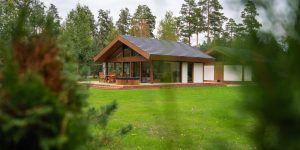Restorative Environments
What are restorative environments?
Restorative environments are settings that offer a respite from the demands and stresses of everyday life. They typically feature elements of nature, such as greenery, water, and natural light. These environments evoke positive emotions, foster relaxation, and facilitate psychological restoration. According to environmental psychologists Rachel and Stephen Kaplan, restorative environments possess four key qualities:
FASCINATING
The ability of an environment to generate “wow” in people.
“The view from a mountain top during a hike”
BEING AWAY
Being physically or mentally distanced from the demands of everyday life.
“Any place that is not the home (city)”
EXTENT
The environment has sufficient content and structure to occupy the mind for an extended period of time.
“The wind blowing into the trees while the river is flowing and the sun is setting on the horizon”
COMPATIBLE ENVIRONMENTS
The environment provides a good fit with one’s purposes or inclinations.
“Skiing in the Alps”
Benefits of restorative environments
Stress
Reduction
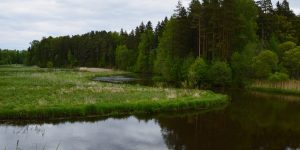
“Forest environments, in particular, have a significant stress-reducing effect compared to urban settings”
Enhanced
Cognitive Function
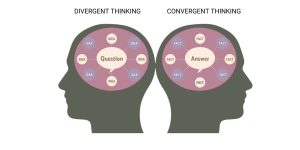
“Walking in natural environments enhances attention and working memory performance compared to urban environments”
Mood
Improvement

“Even brief interactions with natural settings can elevate mood and reduce feelings of anxiety and depression”
Restoration
and Healing

“Exposure to natural elements in healthcare settings can accelerate recovery times and reduce the need for pain medication”
Physical
Health Benefits

“Access to green spaces has been linked to lower incidences of various health conditions, including obesity, cardiovascular diseases, and Type II diabetes”
Mental Strength Development

“Studies suggest that individuals who frequently engage with nature develop better resilience to stress and are more adept at managing stressful situations”
Creating Restorative Environments
Designing restorative environments involves careful consideration of natural elements and their integration into built spaces. Key principles include:
Light and views
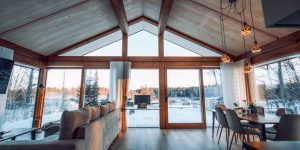
Maximising natural light and offering views of nature from indoor spaces to create a connection with the outdoors and enhance well-being (Ulrich, 1984).
Mindful Planning
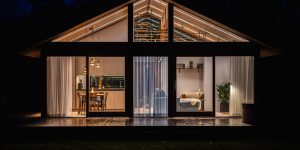
Designing spaces that prioritise tranquility, privacy, and opportunities for reflection to support psychological restoration (Kaplan & Kaplan, 1989).
Summary
Forests and mountains, with their natural beauty, tranquility, and therapeutic qualities, serve as the most powerful antidotes to the stresses and strains of modern living.



